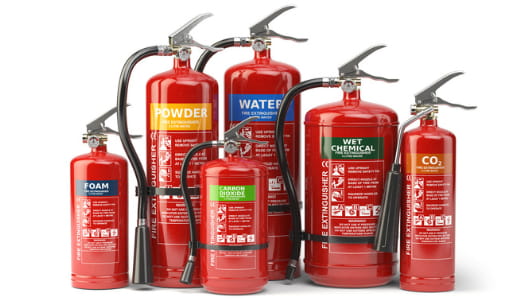Firefighting has come a long way, with new technologies continually enhancing our ability to combat blazing and life-threatening fires effectively. Among these innovations, foam concentrates have emerged as a game-changer, offering notable advantages over traditional fire extinguishers.
This blog explores the foam concentrate advantages, how they compare to traditional fire extinguishers, and their efficacy in different fire scenarios. By the end, you’ll gain a deeper understanding of which method is more effective for fire suppression and why foam concentrates might be the future of firefighting.
Understanding Foam Concentrates and Traditional Fire Extinguishers
What are Foam Concentrates?
Foam concentrates are specially formulated compounds designed to be mixed with water and air to create a powerful fire-suppressing foam. This foam is highly effective at extinguishing fires by smothering flames, cooling the fuel, and preventing re-ignition. There are several types of foam concentrates, each tailored for specific fire scenarios:
- Aqueous Film Forming Foam (AFFF): This type of foam is particularly effective against hydrocarbon fires, such as those involving gasoline, oil, or other flammable liquids. AFFF forms a thin, aqueous film on the surface of the burning fuel, cutting off the oxygen supply and quickly extinguishing the fire.
- Alcohol-Resistant Aqueous Film Forming Foam (AR-AFFF): AR-AFFF is designed for fires involving polar solvents like alcohols, which can break down regular AFFF. The addition of polymeric additives creates a protective barrier that prevents the foam from dissolving in these solvents, making it effective against a broader range of flammable liquids.
- High-Expansion Foam: This type of foam expands rapidly to fill large spaces, making it ideal for confined areas such as ship holds, basements, and aircraft hangars. High-expansion foam is particularly useful for creating a voluminous foam blanket that can suppress fires in hard-to-reach areas.
What are Traditional Fire Extinguishers?
Traditional fire extinguishers are portable devices designed for immediate response to fires. They contain various fire-suppressing agents and are categorized on the basis of types of fires they are intended to combat:
- Water Extinguishers: These are primarily used for Class A fires that involves ordinary combustibles such as wood, paper, and textiles. Water extinguishers work by cooling the burning material below its ignition temperature.
- Dry Chemical Powder Extinguishers: Versatile and widely used, these extinguishers are effective against Class A, B, and C fires. The powder works by cutting the chemical reaction of the fire, smothering the flames and preventing re-ignition.
- Carbon Dioxide (CO2) Extinguishers: Ideal for Class B and C fires, CO2 extinguishers work by displacing oxygen and reducing the heat with a cold discharge. They are especially useful for electrical fires, as CO2 is non-conductive and leaves no residue.
- Foam Extinguishers: These extinguishers are effective against Class A and B fires. The foam creates a blanket over the burning material, cutting off the oxygen supply and cooling the fuel. Foam extinguishers can be used on both solid and liquid fires.
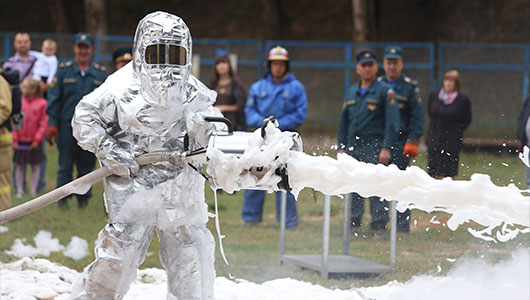
Comparison of Foam Concentrate VS Traditional Fire Extinguishers
Effectiveness
When comparing foam concentrate efficacy to traditional fire extinguishers, foam concentrates often outperform in scenarios involving flammable liquids and large-scale fires. Traditional fire extinguishers, while effective in certain situations, can struggle with fires that require more extensive coverage and cooling capabilities.
1) Class A Fires: For Class A fires (ordinary combustibles like wood and paper), traditional water and dry chemical extinguishers are effective. However, Class A foam concentrates can enhance water’s penetration and cooling effects, making them a strong competitor.
2) Class B Fires: In Class B fires (flammable liquids), foam concentrate advantages are clear. The foam forms a barrier over the liquid surface, preventing vapor release and extinguishing the fire more effectively than dry chemical extinguishers, which may not prevent re-ignition.
3) Class C Fires: Class C fires (electrical fires) typically require non-conductive extinguishing agents like CO2 or dry chemical powder. Foam concentrates are generally not used in these scenarios due to their water content, which can conduct electricity.
Deployment and Usage
Traditional fire extinguishers are widely used due to their portability and ease of use. They are suitable for small, localized fires and are essential for immediate response. However, foam systems can be deployed in large-scale or high-risk environments where rapid and extensive coverage is necessary.
Cost and Maintenance
Traditional fire extinguishers are relatively low-cost and require regular maintenance checks. Foam concentrate systems, while potentially more expensive initially, offer long-term cost benefits due to their efficiency and reduced water usage.
Superior Fire Suppression
One of the primary foam concentrate advantages is their superior fire suppression capability. Foam concentrates can form a thick, stable blanket over the burning material, cutting off the oxygen supply, cooling the fuel, and preventing re-ignition. This makes them particularly effective against Class B fires involving flammable liquids. In comparison, traditional fire extinguishers like dry chemical powders and CO2 may not prevent re-ignition as effectively.
Versatility
Foam concentrates are versatile and can be used in various fire scenarios. For instance, AR-AFFF is suitable for both polar solvents and hydrocarbon fires, making it a valuable tool for industrial settings. High-expansion foams are ideal for confined spaces like ship holds or aircraft hangars, where they can fill large volumes quickly and effectively.
Traditional extinguishers are versatile in their own right, with specific types designed for different classes of fires. Their portability and ease of use make them essential for immediate response in residential, commercial, and industrial settings. However, their effectiveness can be limited to the specific type of fire they are designed to combat.
Reduced Water Usage
Traditional fire extinguishers, especially water-based ones, require a significant amount of water to be effective. In contrast, foam concentrates use water more efficiently, reducing the overall volume needed to suppress a fire. This is not only environmentally beneficial but also crucial in areas with limited water supply. By using less water, foam concentrates help minimize water damage to property and reduce the impact on local water resources.
Environmental Impact
Modern foam concentrate benefits from advanced technology that includes environmentally friendly formulations. These are biodegradable and less toxic than older foams containing perfluorochemicals (PFCs). This makes them a safer choice for both the environment and the firefighters using them. Traditional fire extinguishers, while effective, can sometimes leave residues that require cleanup and may pose environmental concerns, particularly with dry chemical powders.
Real-World Applications Of Fire Extinguishers
Traditional Fire Extinguishers |
Foam Fire Extinguishers |
|---|---|
|
1) Residential: These extinguishers are a must-have in every home. They should be placed in strategic locations such as kitchens, garages, and near heating appliances to quickly respond to small fires that may occur during cooking, electrical malfunctions, or other household accidents. |
1) Flammable Liquid Storage: Foam fire extinguishers are essential in areas where flammable liquids such as gasoline, oil, solvents, and paints are stored or handled. They are particularly effective in extinguishing fires involving these materials, as the foam helps to suppress vapors and prevent re-ignition. |
|
2) Commercial: Traditional fire extinguishers are essential in office buildings, retail stores, and commercial properties. They should be positioned in accessible areas to protect against fires involving paper, electrical equipment, and furnishings. Proper placement and training ensure that employees can quickly and effectively respond to fire emergencies. |
2) Chemical Plants: In chemical processing facilities, foam fire extinguishers are crucial for controlling fires involving flammable chemicals and plastics. The foam blanket can effectively smother and contain chemical fires, reducing the risk of toxic fumes and explosions. |
|
3) Vehicles: Portable traditional fire extinguishers are crucial for fire safety in cars, trucks, boats, and other vehicles. They can be used to extinguish engine fires, fuel-related fires, and other small fires that may occur during travel. Having a fire extinguisher on board can prevent small incidents from turning into major catastrophes. |
3) Aircraft: Foam fire extinguishers are commonly used in aircraft to combat fuel fires in the event of a crash or spillage. The foam rapidly covers the fuel surface, preventing oxygen from reaching the fuel and extinguishing the fire. Foam extinguishers are also effective in hangar fire protection for the same reasons. |
|
4) Industrial: Traditional fire extinguishers are widely used in industrial areas like factories, warehouses, and workshops. They should be strategically located near machinery, storage areas, and wherever flammable materials are handled or stored. Quick access to fire extinguishers can help mitigate fire risks and minimize damage to expensive equipment and inventory. |
4) Industrial Kitchens: Commercial kitchens and food processing facilities are prone to grease fires. Foam fire extinguishers are the preferred choice for these settings, as they can effectively extinguish cooking oil and grease fires without the risk of spreading the burning liquid, which can occur with traditional extinguishers. |
Conclusion
When it comes to fire suppression, both foam concentrates and traditional fire extinguishers have their place. However, the foam concentrate advantages in terms of superior fire suppression, versatility, reduced water usage, and environmental impact make them a formidable option, especially in large-scale and high-risk environments.
When comparing foam concentrate efficacy with traditional methods, foam often comes out on top in scenarios involving flammable liquids and extensive fires. While traditional fire extinguishers remain essential for small, localized fires and immediate response, foam concentrates offer advanced, long-term firefighting solutions.
More Info: By understanding the foam concentrate benefits and their applications, it is clear that they represent a significant advancement in fire suppression technology. Whether for industrial use, aviation, marine applications, or municipal fire departments, foam concentrates provide a powerful and efficient tool for combating fires, ensuring safety, and protecting property.
Read More Articles:
CO2 Fire Suppression System vs Clean Agent fire Suppression
The Top 5 Places Where Fire Suppression Systems are a Must
Protect Your Data Center with a Reliable Fire Suppression System
Related Articles

Protein Foam: Your Guide to Effective Fire Suppression
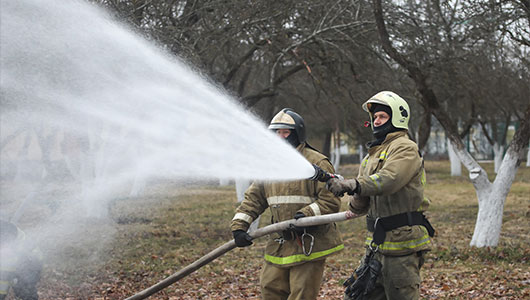
AR-AFFF Foam: Find the Right Formula for Your Needs

AFFF Foam: Your Essential Guide to Fire Safety

Why ECOFOAM is the Future of Environmentally Friendly Firefighting

Foam Concentrates: Sustainable Solutions for Environmentally Conscious Fire Protection
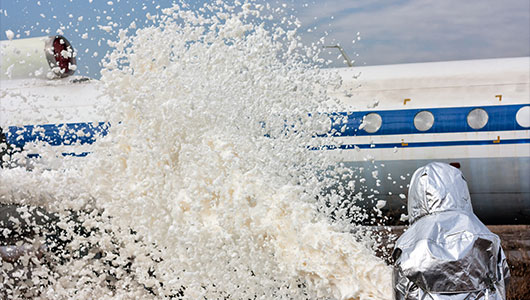
The Right Foam for Every Fire: Synthetic Concentrates for Varied Hazards & Environments

Expansion Foam Concentrate: The Ultimate Solution for Controlling Flammable Liquid Fires
Stop Fire in Its Tracks: Protein Foam's Versatility Across Hazards & Environments

Fluorine-Free Foam (ECOFOAM): Next-Generation Fire Suppression Solutions for Modern Challenges
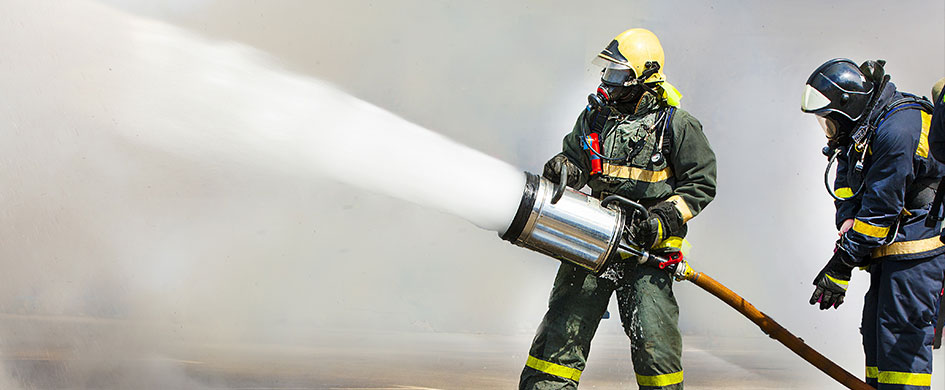
Future of Firefighting is Here: Top Trends in Foam Concentrate Technology Explained

Synthetic Foam Concentrates: The Science Behind Superior Fire Control

Expansion Foam Concentrate: The Game Changer for Fighting Large Fires
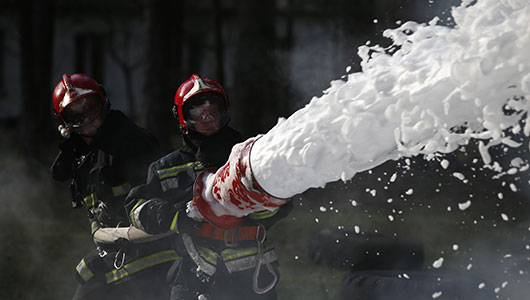
Protein Foam 101: How It Works to Fight Fires
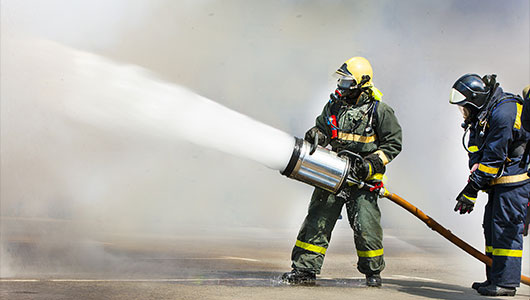
Advantages of Advanced AR-AFFF Foam Technology - Fire Protection Ultimate Guide 2024
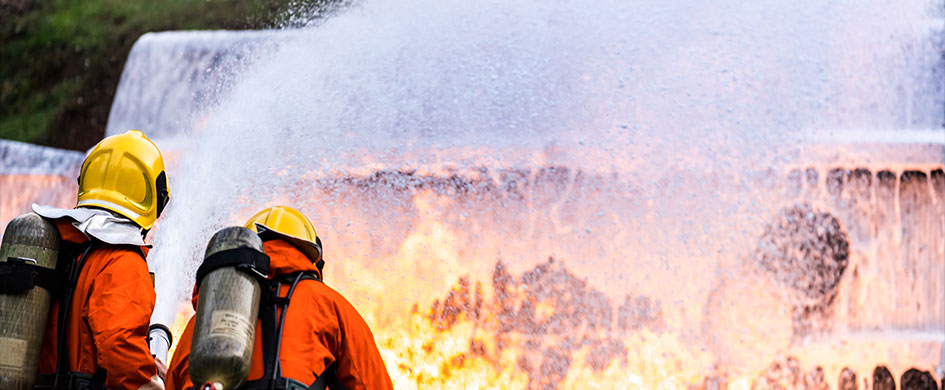
AFFF Fire Suppression: Applications & Benefits for Enhanced Safety

Fight Fires Eco-Friendly: Rise & Future of Fluorine-Free Foam (ECOFOAM)

Synthetic Foam Concentrates: Advancing Fire Suppression with Cutting-Edge Technology

Expand Your Fire Safety Arsenal: Exploring the Versatility of Expansion Foam Concentrate
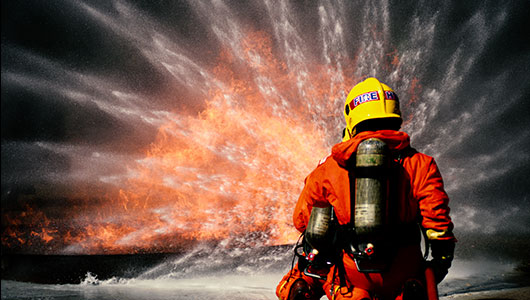
Protein Foam Concentrates: Harnessing Nature's Power for Effective Fire Suppression | Guide 2024
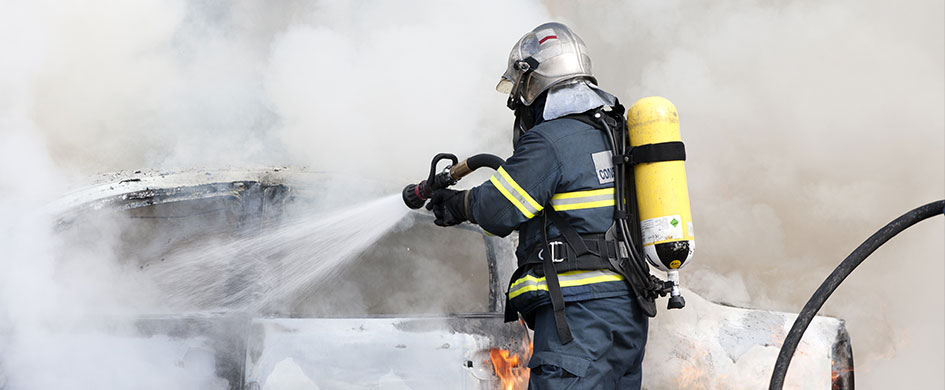
Advanced AR-AFFF Foam: The Cutting-Edge Solution for Superior Fire Suppression Performance
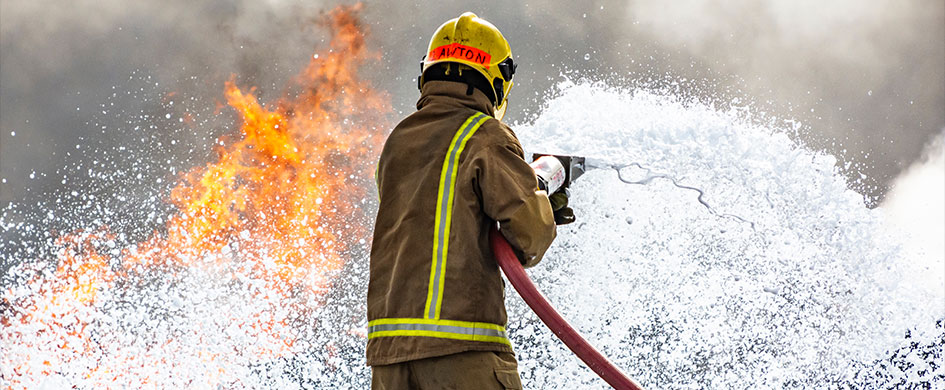
Understanding AFFF Role in Rapid Fire Suppression

The Rise of Eco-Friendly Fire Suppression: Exploring Fluorine Free Foam (ECOFOAM) Solutions

Foam Concentrates: The Ultimate Guide(2024) to Effective Fire Suppression
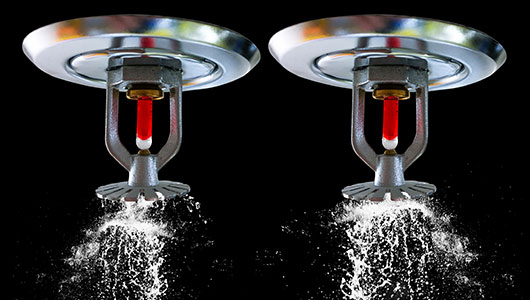
Choosing the Right Fire Sprinkler System for Your Commercial Property
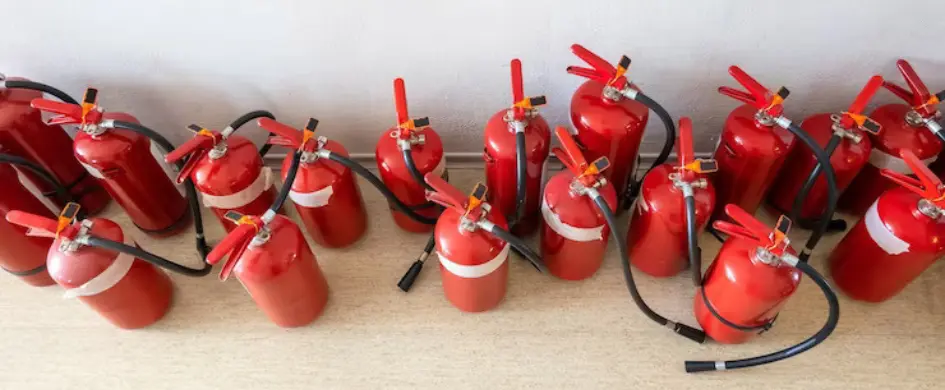
Emergency Evacuation Planning: Steps to Ensure Workplace Safety

The Ultimate Guide to Fire Extinguishers: Types, Uses, and Maintenance
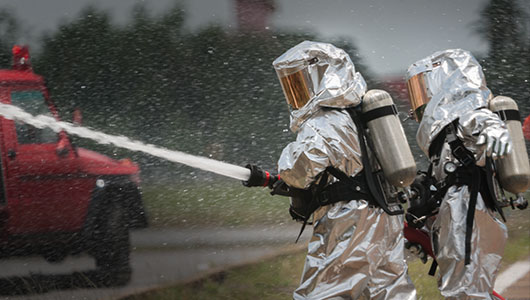
The Role of Personal Protective Equipment (PPE) in Firefighting
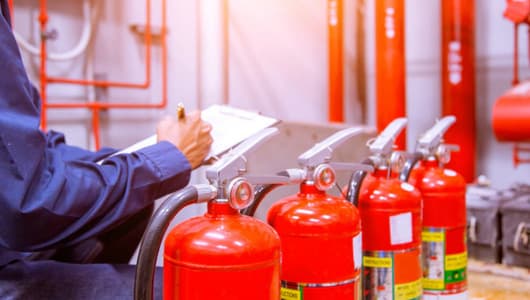
Keeping Your Business Safe: A Comprehensive Guide to Fire Risk Assessments
Protecting Your Electrical Equipment: The Importance of a Fire Suppression System for Electrical Panels
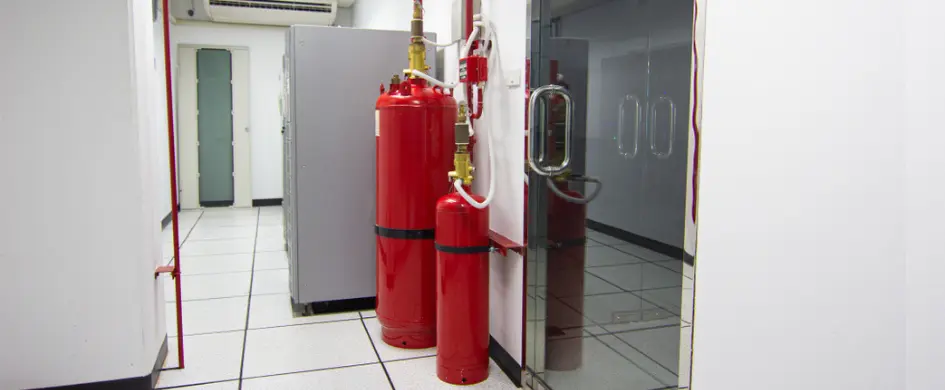
Protect Your Data Center with a Reliable Fire Suppression System

How to choose a water mist fire extinguisher
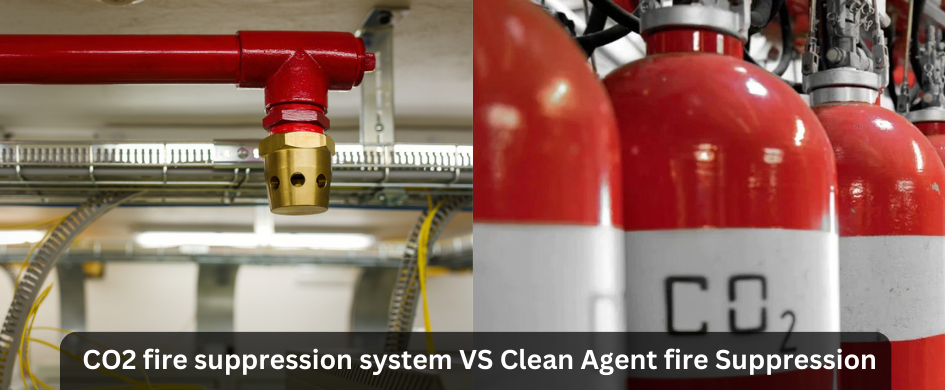
CO2 Fire Suppression System vs Clean Agent fire Suppression
Ensuring Safety in the Factory: Choosing the Right Fire Fighting Equipment
The Top 5 Places Where Fire Suppression Systems are a Must
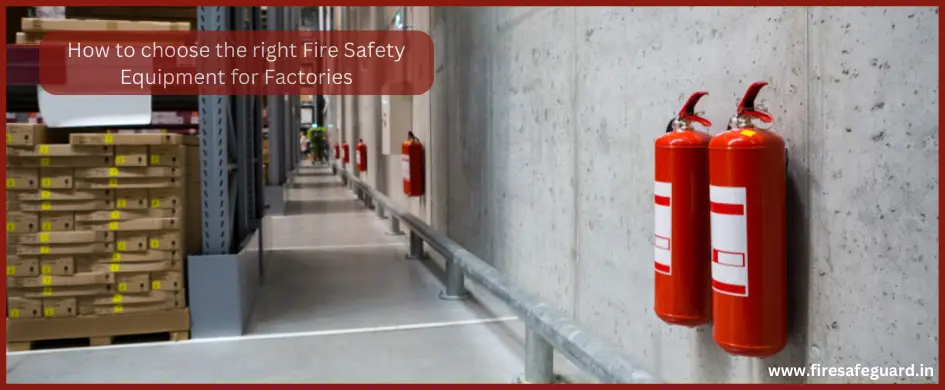
How to Choose the Right Fire Safety Equipment for Factories
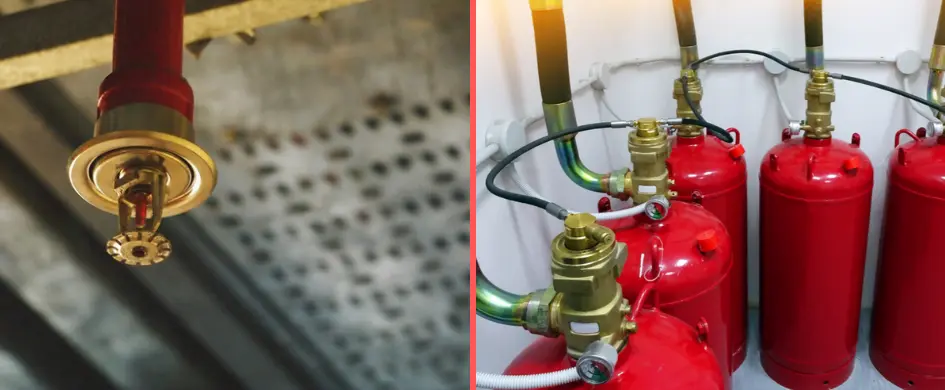
Difference Between Fire Suppression System and Fire Sprinkler
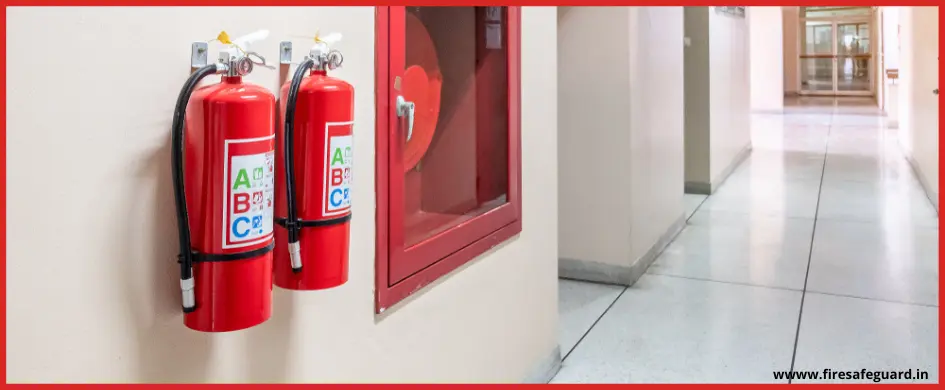
Ultimate Fire Extinguisher Buying Guide for Business owners
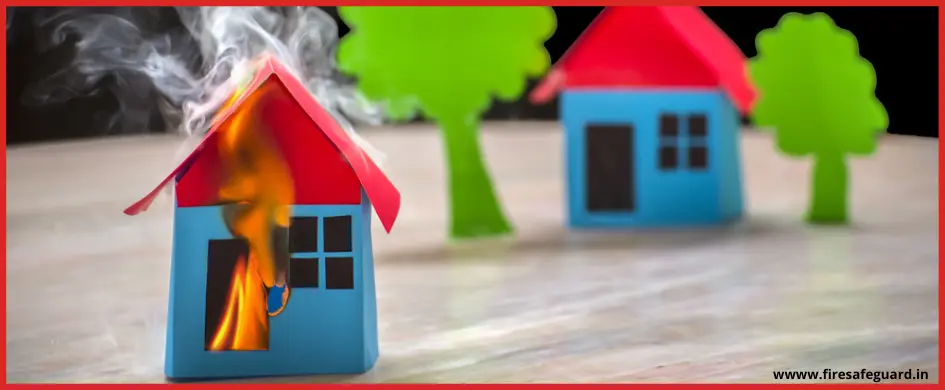
Known and Unknown Facts about Fire Everyone Should Know
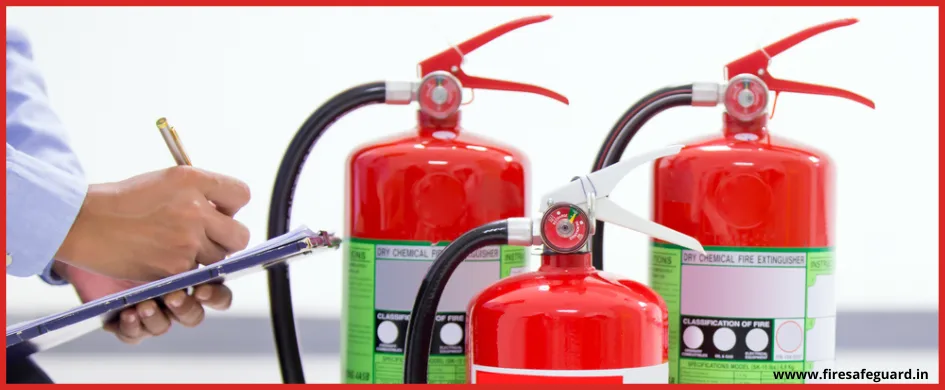
Everything you need to know about Water Type Extinguisher
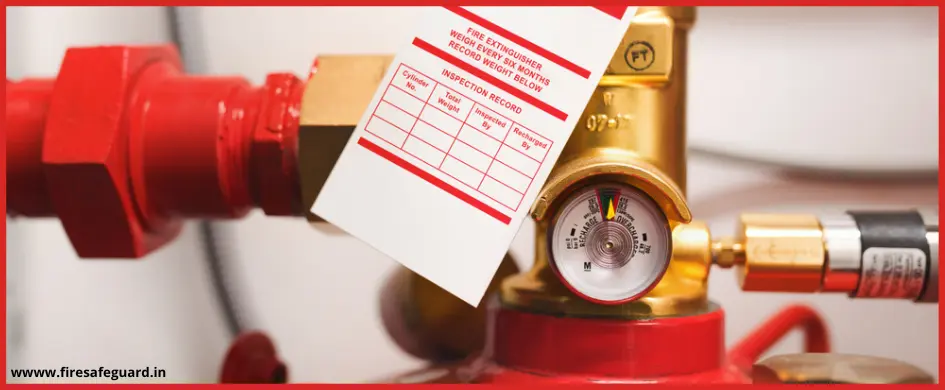
What is a Clean Agent Fire Extinguisher ? Detailed Guide 2024
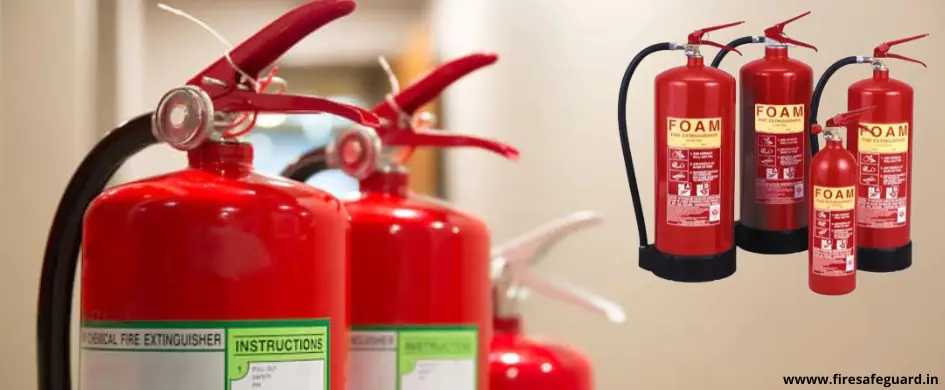
Everything You Need to Know About Foam-Type Fire Extinguishers
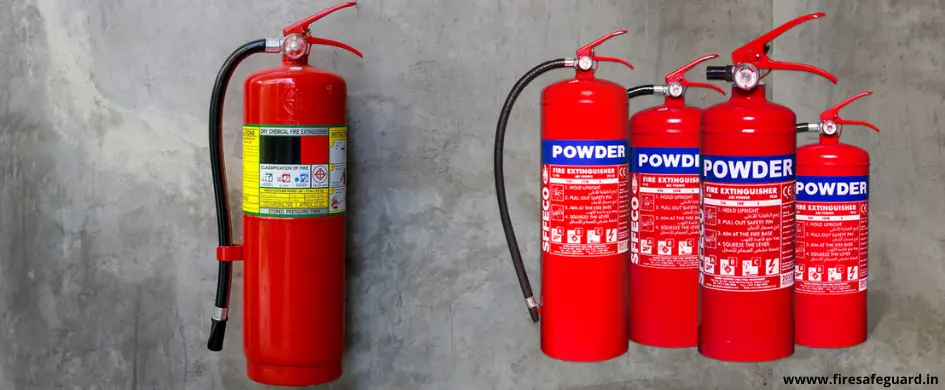
Everything You Need to Know about Dry Chemical Fire Extinguishers - Detailed Guide 2024

Top Fire Extinguisher Manufacturers in India
